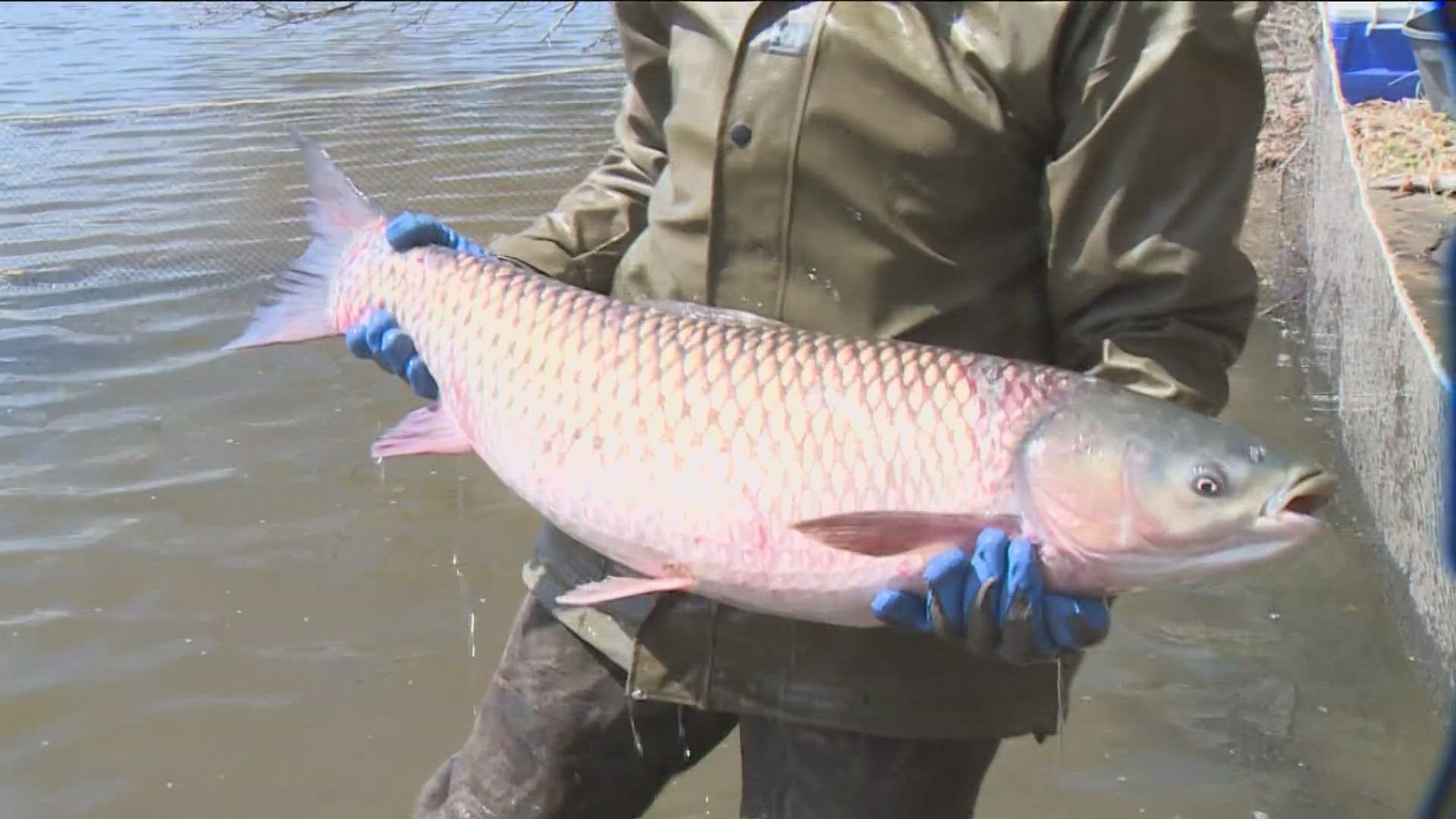ST. PAUL, Minn. - Fall lake chores have revealed that another outer metro lake is infected by zebra mussels.
The Minnesota Department of Natural Resources (DNR) confirms that more than a dozen lake property owners on Sugar Lake in Wright County found zebra mussels on docks, lifts and other equipment being removed from the lake for the season.
Wright County staff initially contacted the DNR after finding a zebra mussel attached to a boat. Following that report, 13 lake property owners reported zebra mussels on their docks and boat lifts. DNR invasive species staff followed up to find numerous adult zebra mussels in both the north and southeast ends of the lake.
“It helps a lot when lake property owners, county staff and others notify us when they’ve spotted an invasive species,” said Heidi Wolf, DNR invasive species unit supervisor.
Wolf reminds everyone that It is important to carefully check docks, boat lifts and other equipment being removed from their lakes for the season. Minnesota law requires keeping docks and lifts out of the water for at least 21 days before putting them into another body of water, which usually kills the zebra mussel.
The DNR also recommends these steps for lake property owners:
- Look on the posts, wheels and underwater support bars of docks and lifts, as well as any parts of boats, pontoons and rafts that may have been submerged in water for an extended period.
- Hire DNR-permitted lake service provider businesses to install or remove boats, docks, lifts and other water-related equipment. These businesses have received training on Minnesota’s aquatic invasive species laws and many have experience identifying and removing invasive species.
- People should contact an area DNR aquatic invasive species specialist if they think they have discovered an invasive species that has not already been confirmed in the lake. Take a photo of any newly discovered invasive species before removing it from equipment. Save specimens or leave them in place until the DNR can investigate.
For more on aquatic invasive species, check out the DNR website.



